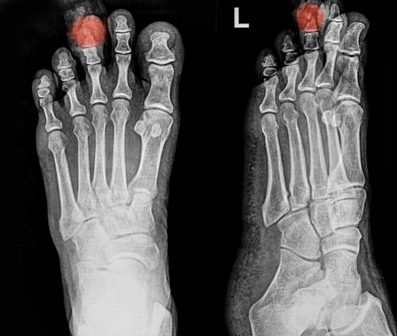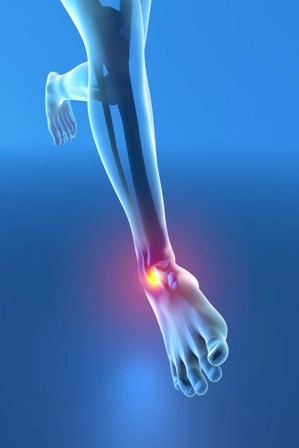Orthopedic Coding Alert
ICD-10 2023:
Check Out the Expansion of This Epiphysis Code Group
Published on Fri Aug 05, 2022

You’ve reached your limit of free articles. Already a subscriber? Log in.
Not a subscriber? Subscribe today to continue reading this article. Plus, you’ll get:
- Simple explanations of current healthcare regulations and payer programs
- Real-world reporting scenarios solved by our expert coders
- Industry news, such as MAC and RAC activities, the OIG Work Plan, and CERT reports
- Instant access to every article ever published in Revenue Cycle Insider
- 6 annual AAPC-approved CEUs
- The latest updates for CPT®, ICD-10-CM, HCPCS Level II, NCCI edits, modifiers, compliance, technology, practice management, and more
Related Articles
Other Articles in this issue of
Orthopedic Coding Alert
- E/M 2023:
Hospital Codes Getting Big Revisions
Here’s the group of observation codes that CPT® is completely deleting. Here we go again. [...] - ICD-10 2023:
Check Out the Expansion of This Epiphysis Code Group
The M93.0- code set is about to get bigger. When ICD-10 2023 takes effect on [...] - Modifier Madness, Pt. 2:
I.D. Separate E/M Before Coding With 25/57
Established patient + new problem? Don’t assume billable E/M service. Get ready to round out [...] - You Be the Coder:
2 Toe Fractures, Same Foot
Question: Encounter notes indicate that the provider performed closed treatment on a patient’s left great toe [...] - Reader Questions:
Choose From These 3 Codes for Kaschin-Beck
Question: Encounter notes indicate that the provider performed an office evaluation and management (E/M) service for [...] - Reader Questions:
Separate Synovectomy Types Before Coding
Question: Encounter notes indicate that after a level-three office evaluation and management (E/M) service for a [...] - Reader Questions:
Recessions Are for Hamstrings As Well As Economies
Question: I overheard a colleague discussing a proximal hamstring recession. I assumed this was a procedure, [...] - Reader Questions:
Ping This Code for PENG Blocks
Question: Do you know which CPT® code we should use for a PENG block? Ohio Subscriber [...]
View All




